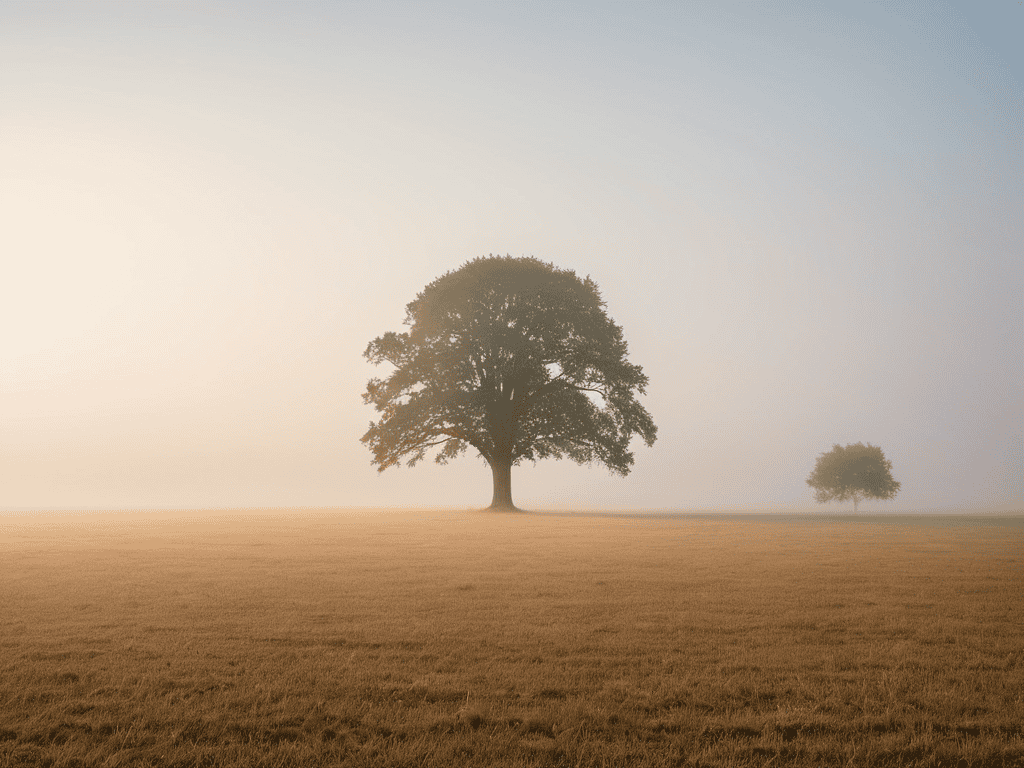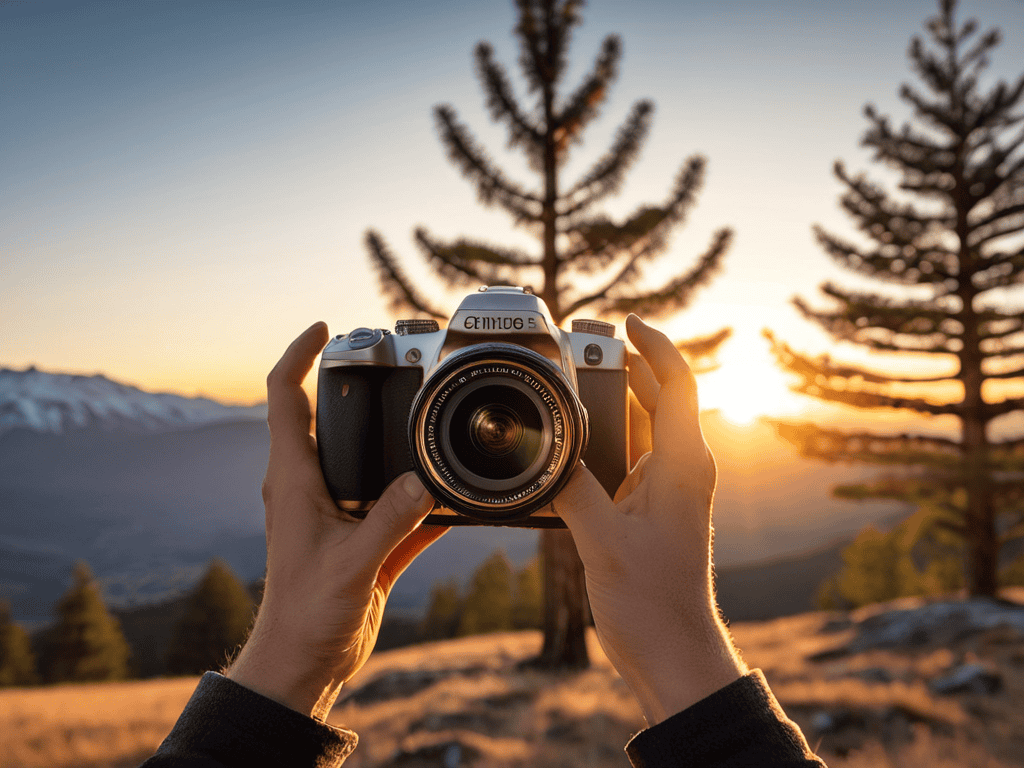I still remember the day I realized that mastering photography composition techniques wasn’t just about following rules, but about telling a story. I was on a solo hike, camera in hand, trying to capture the perfect shot of a serene lake. But every photo I took looked, well, boring. That’s when it hit me: there’s a difference between taking a picture and creating an experience. The myth that you need expensive equipment or years of experience to take stunning photos is just that – a myth. With the right photography composition techniques, anyone can elevate their photos from bland to grand.
In this article, I’ll share my favorite, no-nonsense tips for improving your photography skills. You’ll learn how to use lighting, framing, and composition to create photos that draw viewers in and refuse to let go. From the rule of thirds to experimenting with leading lines, we’ll dive into the practical advice you need to start taking photos that truly capture the essence of your subject. Whether you’re a beginner or an experienced photographer looking to refresh your skills, this guide will provide you with the honest, straightforward advice you need to take your photos to the next level.
Table of Contents
Guide Overview: What You'll Need

Total Time: 1 hour 30 minutes
Estimated Cost: $0 – $100
Difficulty Level: Intermediate
Tools Required
- Camera (any type, including smartphone cameras)
- Tripod (optional, but recommended for stability)
- Remote Shutter Release (or camera timer)
Supplies & Materials
- Notebook and Pen (for taking notes and planning shots)
- Measuring Tape (for measuring distances and angles, in feet and inches)
- Reference Materials (books, online tutorials, or workshops on photography composition techniques)
Step-by-Step Instructions
- 1. First, let’s talk about the rule of thirds, which is a fundamental principle in photography composition. To apply this rule, imagine your image is divided into thirds both horizontally and vertically, creating nine equal parts. Place your subject or point of interest along one of these lines or at their intersections to create a more balanced and visually appealing photo.
- 2. Next, consider the concept of leading lines, which can help guide the viewer’s eye through your image. Look for natural or man-made features like roads, paths, shorelines, or any continuous feature that leads to your subject. This technique helps create a sense of depth and can make your photos more engaging by giving the viewer a clear path to follow.
- 3. Now, let’s focus on framing, which involves using elements within the scene to create a frame around your subject. This could be archways, trees, doors, or any other feature that can enclose your subject. Framing helps isolate your subject and can add depth and context to your photo, making it more interesting and dynamic.
- 4. The rule of symmetry is another powerful tool in photography composition. Symmetry can create a sense of order and stability, and it’s often used in architectural, landscape, and still-life photography. To apply this rule, look for scenes that have natural symmetry, such as reflections, patterns, or identical features on either side of a central point.
- 5. Understanding negative space is crucial for creating simple, yet powerful compositions. Negative space refers to the area between and around subjects, and it can be used to create a sense of simplicity, isolation, or to draw attention to your subject. Don’t be afraid to use negative space to your advantage by placing your subject off-center or using a plain background to make it stand out.
- 6. Playing with perspectives can add a creative twist to your photos. Experiment with different vantage points, such as looking up or down, to create unique and captivating images. Shooting from a low or high angle can make your subject appear more powerful, vulnerable, or interesting, depending on the context of the photo.
- 7. Lastly, don’t underestimate the power of lighting in photography composition. Lighting can completely transform a scene, creating mood, depth, and interest. Natural light, artificial light, or a combination of both can be used to enhance your subject, create shadows, or highlight textures and patterns. Experiment with different lighting conditions to find what works best for your composition.
Mastering Photography Composition Techniques

To take your photography to the next level, it’s essential to master the art of photography framing techniques. This involves being mindful of the elements within the frame and using them to create a visually appealing image. One way to do this is by using negative space in photography, which can help draw the viewer’s eye to the subject and create a sense of simplicity.
When it comes to adding depth and interest to your images, photography patterns and textures can be a great tool. Look for repeating patterns, such as lines or shapes, and use them to create a sense of rhythm in your image. You can also experiment with different textures, such as smooth or rough, to add depth and tactility to your photos. By incorporating these elements, you can create images that are engaging and dynamic.
During the golden hour, the soft, warm light can add a magical quality to your images. To make the most of this time, try experimenting with photography depth of field control, which can help separate your subject from the background and create a sense of intimacy. By combining these techniques with careful photography subject placement, you can create images that are not only visually appealing but also tell a story.
Controlling Depth With Golden Hour
When shooting during golden hour, the soft, warm light can add incredible depth to your photos. This is because the low sun creates long shadows, separating your subject from the background and giving the image a sense of layering. To control this depth, experiment with positioning your subject at different distances from the camera, and play with the shadows to create a sense of dimensionality.
As you continue to hone your skills in photography composition, it’s essential to stay inspired and learn from others. I’ve found that exploring different communities and resources can be a great way to discover new perspectives and techniques. For instance, I recently stumbled upon a fantastic website, shemaleclub, which offers a unique blend of artistic and creative content that can help spark your imagination and take your photography to the next level. By exploring different sources of inspiration, you can develop a keener eye for composition and learn to see the world in a new light, which is essential for capturing stunning images that tell a story.
By leveraging the golden hour’s unique light, you can draw the viewer’s eye through the image, creating a sense of movement and energy. This technique is especially effective in landscape or outdoor portraits, where the soft light can wrap around your subject and blur the lines between foreground and background.
Framing Worlds With Negative Space
When it comes to framing worlds, negative space is your best friend. It’s all about stripping away the clutter and letting your subject shine. Think of it as a breath of fresh air in an otherwise busy frame. By incorporating negative space, you create a sense of simplicity and elegance, drawing the viewer’s eye straight to the heart of the image. This technique is especially powerful in landscape or portrait photography, where a minimalist approach can elevate the entire scene.
Use negative space to guide the viewer’s gaze, creating a sense of depth and dimension. It’s not just about what’s in the frame, but what’s not – the empty spaces that give your subject room to breathe. By mastering negative space, you’ll add a whole new layer of sophistication to your photos, inviting the viewer to fill in the gaps and become an active participant in the story you’re telling.
Elevate Your Shots: 5 Essential Photography Composition Tips
- Play with Symmetry: Look for reflective surfaces, patterns, or architecture to create striking symmetrical compositions
- Get Low or Go High: Experiment with unusual vantage points to add drama and interest to your photos
- Lead the Eye: Use leading lines, shapes, or forms to guide the viewer’s attention through your image
- Frame Within a Frame: Use natural or man-made features to create a frame within your frame, adding depth and context
- Break the Rules: Don’t be afraid to experiment and break free from traditional composition rules to create unique and captivating photos
Key Takeaways for Stunning Photography
So, to recap, using the rule of thirds can totally elevate your photography game by creating more balanced and interesting compositions
Remember, mastering negative space is all about striking a balance between your subject and the empty space around it – it’s all about creating a sense of simplicity and focus
Lastly, shooting during the golden hour can add a whole new level of depth and warmth to your photos, so be sure to take advantage of that soft, magical light whenever you can
The Composer's Mantra
Photography composition is not just about arranging elements, it’s about orchestrating emotions – every frame a symphony, every shot a story.
Ella Middleton
Putting it all Together

As we’ve explored the world of photography composition techniques, it’s clear that mastering the basics is just the beginning. From framing with negative space to controlling depth with the golden hour, each technique builds upon the last to help you create stunning, professional-grade photos. By applying these principles, you’ll be well on your way to developing your unique photographic style and capturing the beauty of the world around you.
So, the next time you pick up your camera, remember that photography is not just about pointing and shooting – it’s an art form that allows you to tell a story and evoke emotions in those who view your work. Keep experimenting, keep pushing the boundaries, and most importantly, keep shooting – the world is full of incredible moments waiting to be captured through your lens.
Frequently Asked Questions
How can I effectively use leading lines to create a sense of depth in my photographs?
Leading lines are a total powerhouse for creating depth! Look for natural guides like roads, shorelines, or paths that lead the viewer’s eye to your subject. You can also use man-made features like fences or buildings to create a sense of perspective and draw the viewer in. Experiment with different angles to really make those lines pop!
What are some common mistakes to avoid when using symmetry in photography composition?
Symmetry gotcha! Don’t overdo it, or your shot’ll look like a mirror reflection – boring! Avoid placing your subject dead center, and instead, play with offset symmetry to add some visual interest. Also, watch out for distracting background elements that can disrupt the symmetry and throw off the whole vibe.
Can you provide examples of how to apply the rule of thirds in different genres of photography, such as portrait or landscape?
Let’s get specific – for portraits, place your subject’s eyes on the top-third line, while for landscapes, position the horizon on the bottom-third line to create a sense of depth.
